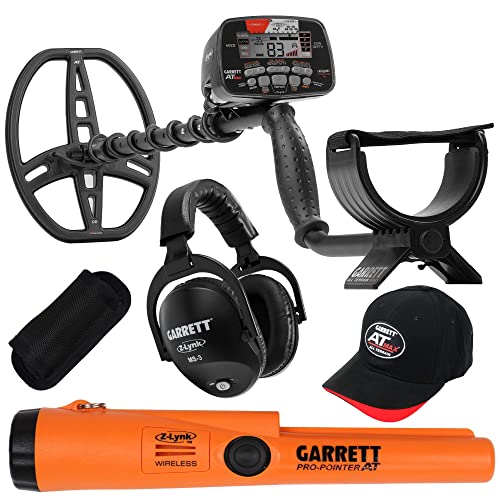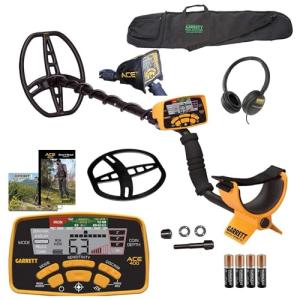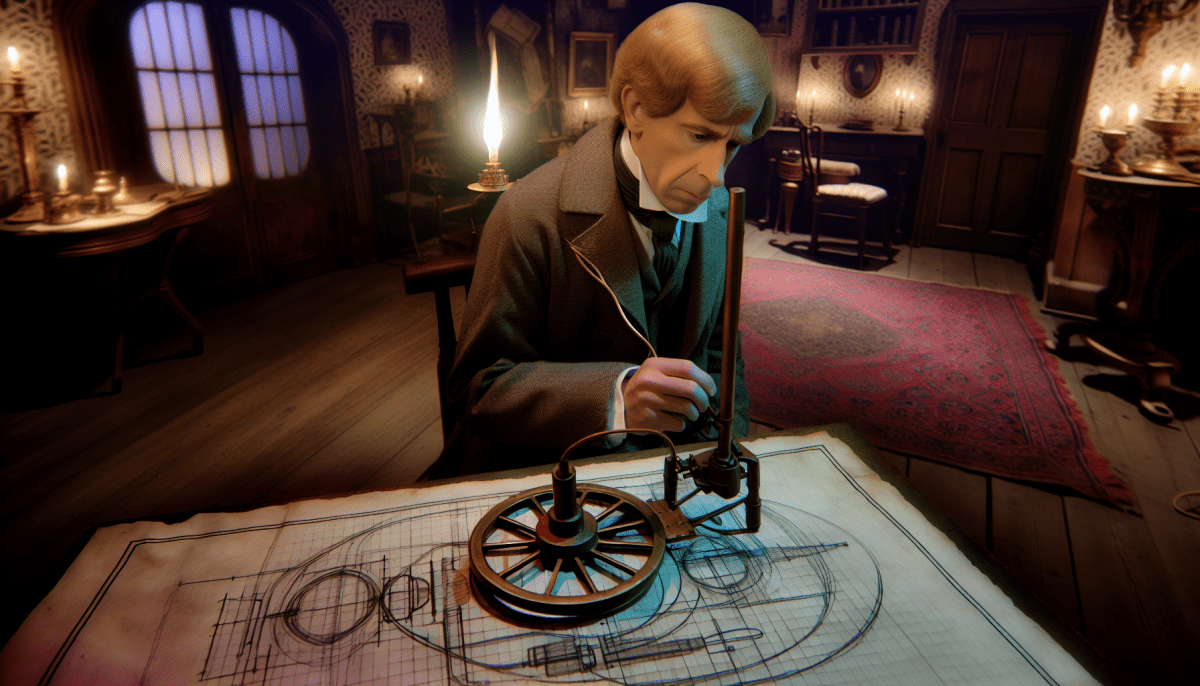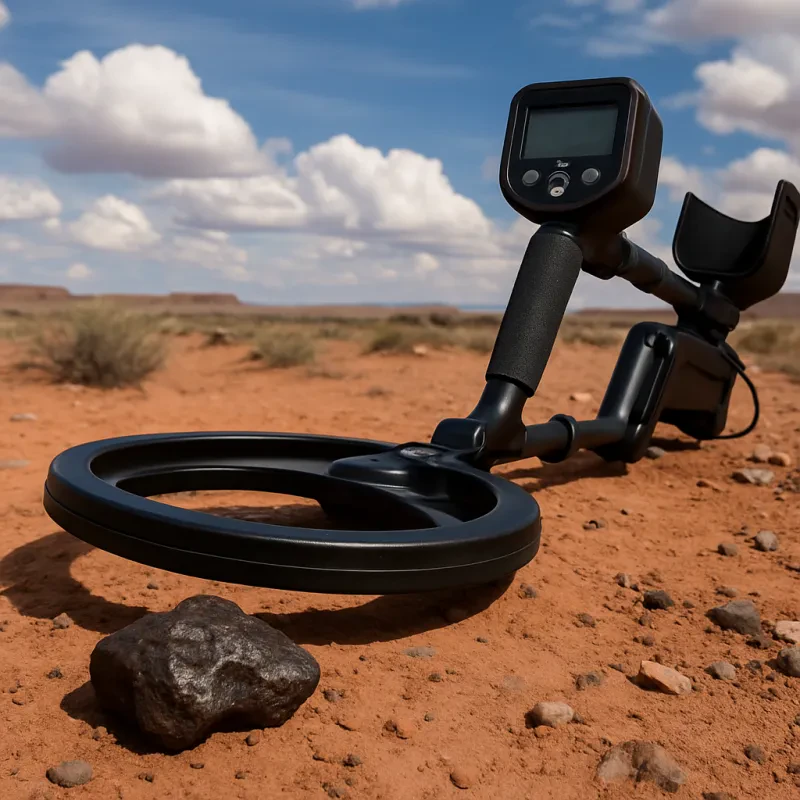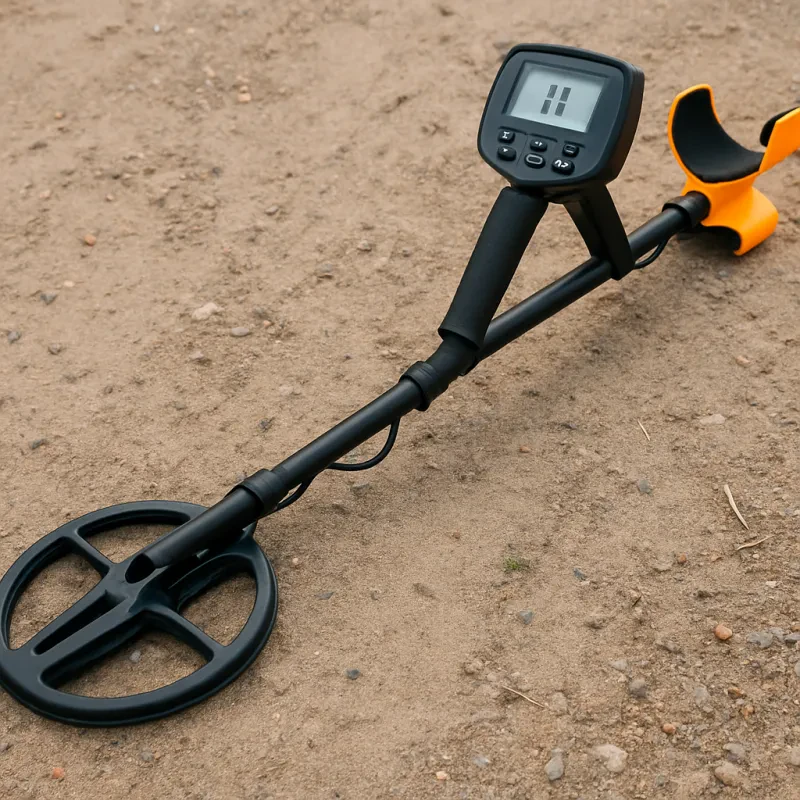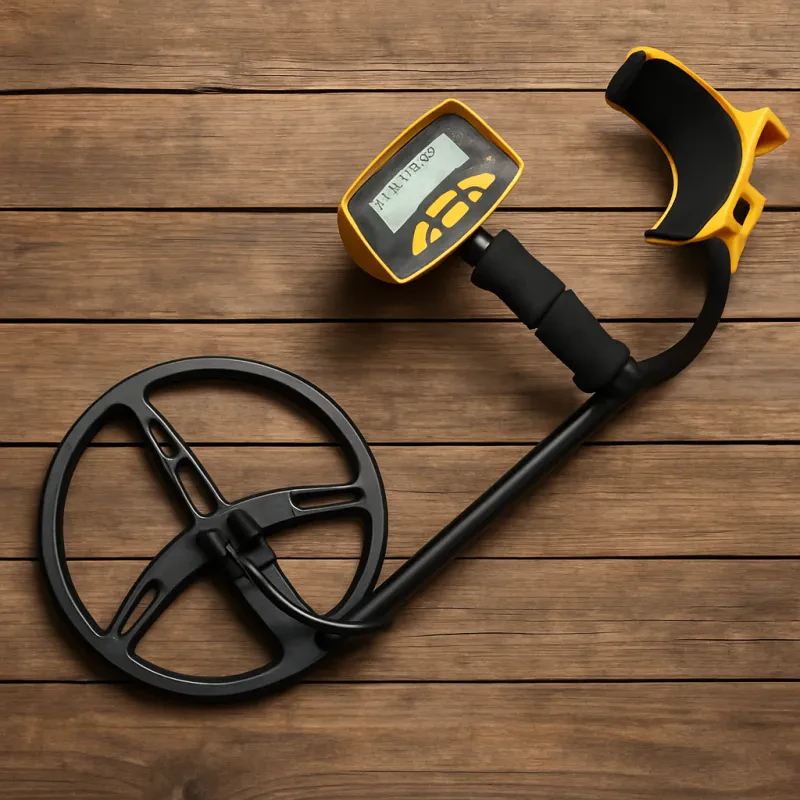The Invention of the Metal Detector: A Historical Overview
Introduction
The metal detector, an invaluable tool in various fields from security to archaeology, has a fascinating history that dates back over a century. This article delves into the origins and evolution of the metal detector, highlighting the key figures and milestones that have shaped its development.
Early Beginnings: The Quest for Detecting Metal
Alexander Graham Bell’s Early Experimentation
The inception of the metal detector can be traced back to 1881, when Alexander Graham Bell, best known for inventing the telephone, created a rudimentary device to locate a bullet lodged in President James Garfield. Although the device was not successful in this particular instance, Bell's invention laid the groundwork for future developments in metal detection technology.
The Rise of Industrial Applications
Following Bell’s initial experiments, the early 20th century saw increased interest in metal detection, primarily driven by industrial needs. Factories sought ways to prevent metal contamination in products, leading to further innovation and refinement of the technology.
The First Practical Metal Detector: Dr. Gerhard Fisher
Dr. Fisher's Breakthrough
Dr. Gerhard Fisher, a German immigrant to the United States, is credited with creating the first practical and commercially viable metal detector. In the 1930s, Fisher was working on aircraft radio direction-finding systems and discovered that certain objects caused radio signals to become distorted. This observation led him to develop the first handheld metal detector.
Patent and Commercialization
In 1937, Fisher patented his metal detector, which he called the "Metallascope." The device was a significant improvement over previous attempts, featuring a portable and user-friendly design. Fisher’s company, Fisher Research Laboratory, became the first to manufacture and sell metal detectors, marking a significant milestone in the history of the technology.
Fisher's invention quickly gained popularity among various industries, including mining, construction, and law enforcement. With its ability to accurately detect metal objects buried under the ground or hidden in buildings, the metal detector revolutionized many fields.
As demand for his invention grew, Fisher expanded his company and began exporting metal detectors to countries around the world. The success of the Metallascope led to further innovations in metal detection technology, paving the way for more advanced and specialized devices.
Today, Gerald Fisher is widely recognized as one of the pioneers in modern metal detection technology. His contributions have had a lasting impact on numerous industries and continue to influence advancements in security screening, archaeological excavation, and treasure hunting.
Advancements During World War II
Military Applications
The outbreak of World War II accelerated the development of metal detection technology. The need to locate unexploded bombs and landmines spurred significant advancements. Metal detectors became more sophisticated and reliable, with enhanced sensitivity and range.
Charles Garrett and Post-War Innovations
After the war, Charles Garrett, an engineer and entrepreneur, further revolutionized the metal detector industry. In the 1960s, he developed and patented several key technologies that improved the performance of metal detectors. Garrett's innovations included better discrimination between different types of metals and improved ground balance, which reduced interference from mineralized soil.
As a result of Garrett's advancements, metal detectors became more widely used in various fields such as archaeology, geology, and security. These devices were now capable of detecting smaller targets at greater depths, making them invaluable tools for professionals and hobbyists alike. The legacy of Charles Garrett lives on in the continued development and evolution of metal detection technology, ensuring that these devices remain essential instruments for uncovering hidden treasures and ensuring safety worldwide.
The Modern Era: Metal Detectors in Everyday Use
Recreational Metal Detecting
In the latter half of the 20th century, metal detectors became popular among hobbyists and treasure hunters. The advancements made by pioneers like Fisher and Garrett made metal detectors more accessible and affordable, leading to a surge in recreational use.
Metal detecting clubs and organizations sprang up around the world, providing enthusiasts with dedicated spaces to share their finds and knowledge. Many people took up metal detecting as a hobby, searching for hidden treasures in parks, beaches, and historical sites. Some enthusiasts even participated in organized treasure hunts and competitions.
As technology continued to advance, metal detectors became more sophisticated and user-friendly. Features such as digital displays, different operating modes, and lightweight designs made them easier to use for both beginners and experienced users. Today, metal detectors are commonly used not only for recreation but also by professionals in fields such as archaeology, geology, security screening, and industrial applications.
With ongoing research and development efforts driving innovation in the field of metal detection technology, it is likely that we will continue to see further advancements that enhance performance while making these devices even more versatile and practical for everyday use.
Security and Archaeology
Today, metal detectors are ubiquitous in security screening at airports, government buildings, and events. They are also indispensable tools for archaeologists, enabling the discovery of buried artifacts and historical treasures.
Metal detectors have revolutionized the way security screenings are conducted, as they provide a non-invasive and efficient method of detecting metal objects that may pose a threat. In archaeology, these devices have played a crucial role in uncovering hidden treasures buried beneath the earth's surface. By carefully scanning and analyzing the signals emitted by metal detectors, archaeologists are able to pinpoint potential sites of interest for further excavation.
In industrial applications, metal detectors are used to ensure product quality by detecting any metallic contaminants that may be present in food products, pharmaceuticals, or other goods. This helps manufacturers maintain high safety standards and avoid costly recalls due to contamination issues.
Overall, metal detection technology continues to evolve and improve across various fields, providing valuable benefits in terms of security, research, and quality assurance. As new innovations emerge and existing technologies are refined, we can expect even greater advancements in the capabilities and efficiency of metal detectors in the future. The invention of the metal detector is a testament to human ingenuity and the relentless pursuit of innovation. From Alexander Graham Bell's initial experiments to the sophisticated devices used today, metal detectors have come a long way. Their evolution reflects the diverse applications and the enduring importance of this remarkable technology in our daily lives.
